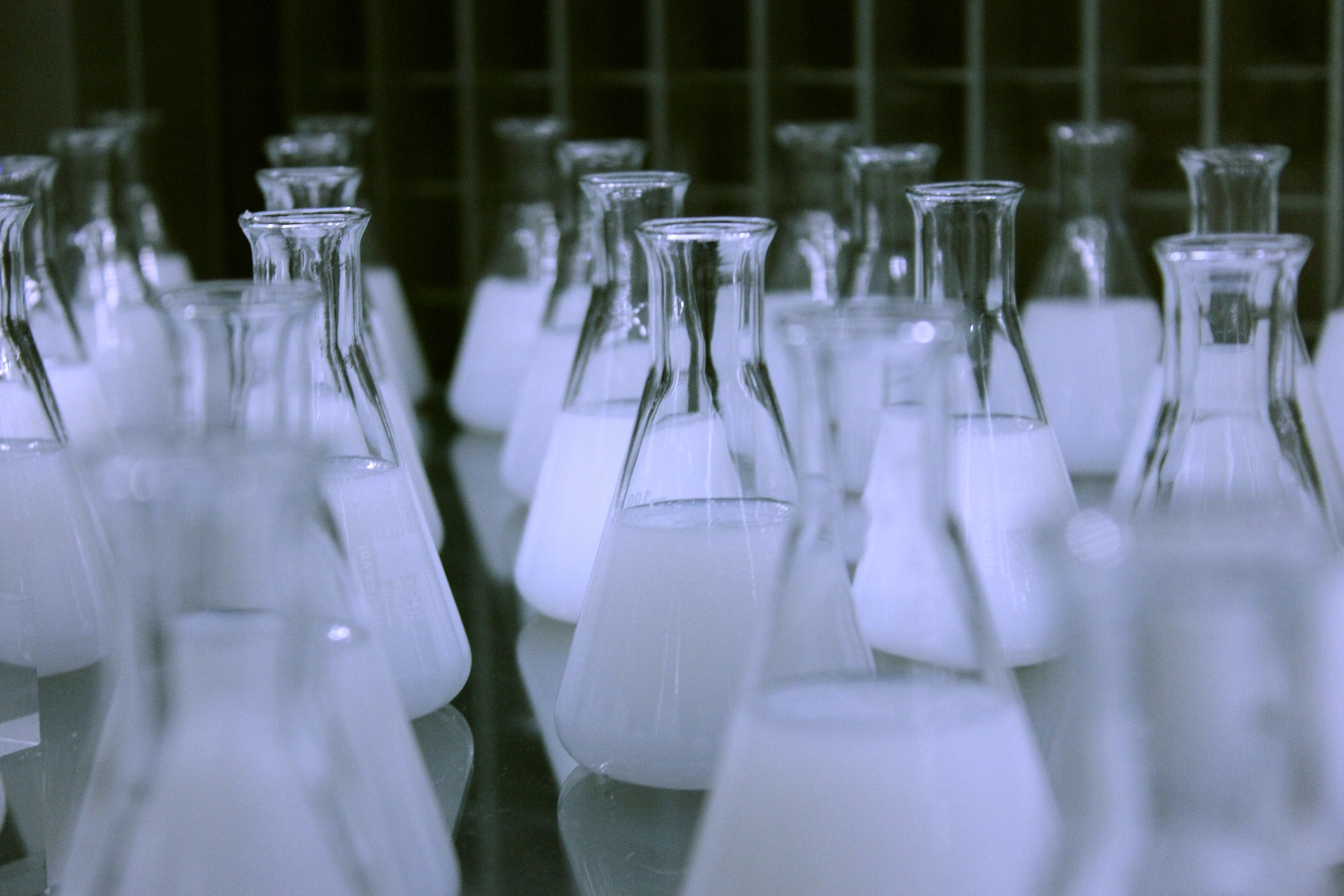The Truth about Silicone, Sulfates, and Parabens (Part 1)
2nd Mar 2017
Rooted in science, a strong marketing trend pushing natural and organic
products has quite literally taken over the shelves at cosmetics stores across
the globe. As we see new packaging touting “Paraben Free”, “Sulfate Free”, and “Silicone
Free”, we wonder why companies are advertising the absence of these ingredients
as a good thing. With conflicting evidence in studies and anecdotes across the
web we wanted to do our own research and provide you with working knowledge of
the effects of these ingredients that have recently become taboo. In this three
part blog series we will be covering three of the most talked about ingredients
in hair care: Silicone, Sulfates, and Parabens.

Part 1: Silicone
Fast Facts:
• Comes in two forms, water soluble and non-water soluble
• Found in countless hair care products
• A tell-tale sign is any ingredient with a “cone” or “con” suffix
• Coats hair for a smoother appearance
• Silicone poses no health risks
Silicone products themselves are not inherently bad for your
hair, in fact, they don’t truly affect your hair at all. Both water soluble and
non-water soluble silicone acts as a smoothing agent by coating your hair and
creating a smoother, sleeker appearance. The difference between the 2 forms is
that non-water soluble silicone requires sulfates to remove it from the hair strands,
while the water soluble form rinses clean with water. The requirement of
sulfates to remove the non-water soluble form makes this a poor choice for
consistent use. With prolonged use hair health can suffer as sulfates are harsh
and remove natural oils from the hair and scalp. This creates a cycle of
stripping natural oils and adding artificial moisture, which can be damaging
and stressful for your hair.
Silicone seals in moisture by coating the hair, which gives
us the smooth sleek feel we love; but this means it also seals out any
additional product from permeating our hair shaft and boosting the health of
our actual hair. Conditioning and leave in treatments aren’t as effective when
we use shampoos and conditioners containing silicone because of the barrier
created by the silicone coating. However, this barrier can be a good thing for
high heat styling and to make combing your hair easier.
Within the 2 forms of silicone, there are various types that
differ by weight and adhesion to the hair. The lighter types, like
cyclomethicone and dimethicone copolyol, feel very slippery in your hair and leave
little to no trace once they break down with water. Lightweight silicones are
fine for more frequent use as they’re less likely to cause build up on the
scalp and strands. The heavier types, like amodimethicones and dimethicones,
are thicker and usually found in leave in conditioners and serums. Heavier
silicones tend to attract dirt and pollutants from the air and are very
difficult to remove without harsh surfactants. Any version with the prefix amo-,
amino-, or suffix -amine has been chemically modified to adhere better to the
hair strand, which feels smooth but requires a harsher shampoo to clear residue
and can cause silicone build up leading to flat, dull looking hair.

We all want shiny, lush, head turning hair and this look can be achieved with products containing silicone, but does this stop at just the "look" of healthy hair? Silicone doesn’t pose any health risks, but our research shows it doesn’t necessarily help our hair either.
A best practice is to reduce the use of products containing silicone and make sure that we’re using gentle clarifying shampoos to reduce any build up that can dull our locks. Ensure any conditioning or heat protectant products you often use on your hair contain the lighter versions of silicone and steer clear of heavier versions for more frequent use.
| Pros | Cons |
| Creates a smooth coating on hair | Doesn’t increase health of hair |
| Makes combing easier | Heavier silicones can weigh hair down and cause a dull appearance |
| Provides some protection from heat styling | Some forms require harsh products to remove build up |
| Coating seals in moisture, reduces frizz | Coating seals out additional treatments from penetrating hair shaft |
